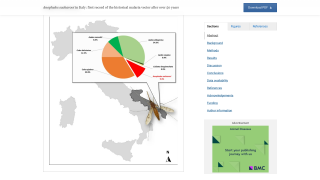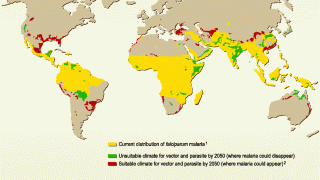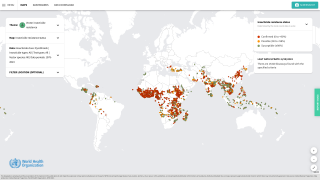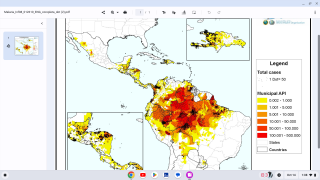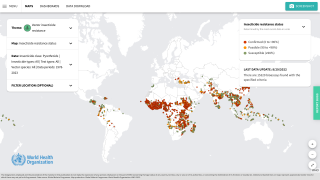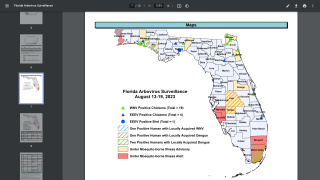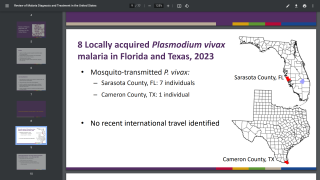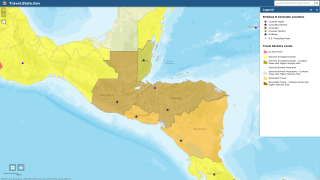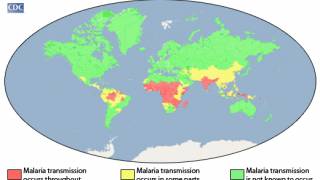Imported Malaria Cases Increase in the U.S.

The U.S. Centers for Disease Control and Prevention (CDC) today confirmed that imported malaria in three U.S. southern border jurisdictions increased in 2023, particularly among new arrivals with recent complex transit through at least one country with endemic malaria.
The median travel duration was 29 days, and 73% reported traversing land borders.
On May 9, 2024, the CDC's Notes from the Field revealed that during 2023, 68 imported malaria cases were identified in Pima, Arizona (18), San Diego, California (27), and El Paso, Texas (23).
According to this Morbidity and Mortality Weekly Report, his data compares with 28 cases in 2022 (three in Pima, 12 in San Diego, and 13 in El Paso).
Overall, 63 (91%) patients with malaria in 2023 were hospitalized; no deaths were reported. Severe malaria was more common among other newly arrived migrants (37%) than among U.S. residents (7%).
These new arrivals were non–U.S.-born persons who had arrived in the United States within the preceding six months.
This CDC report is in addition to May 8, 2024, when the CDC reported ten Plasmodium vivax malaria cases in Los Angeles, California.
Seperately the states of Florida and Texas have reported imported malaria cases in 2024, 2023, and 2022.
Infected people who meet the criteria for uncomplicated malaria are generally treated with either hydroxychloroquine, chloroquine, or atovaquone/proguanil, followed by anti-relapse treatment with primaquine.
While malaria is now a vaccine-preventable disease, the two approved vaccines (Mosquirix™, R21/Matrix-M™) are not currently offered in the U.S.
Our Trust Standards: Medical Advisory Committee


